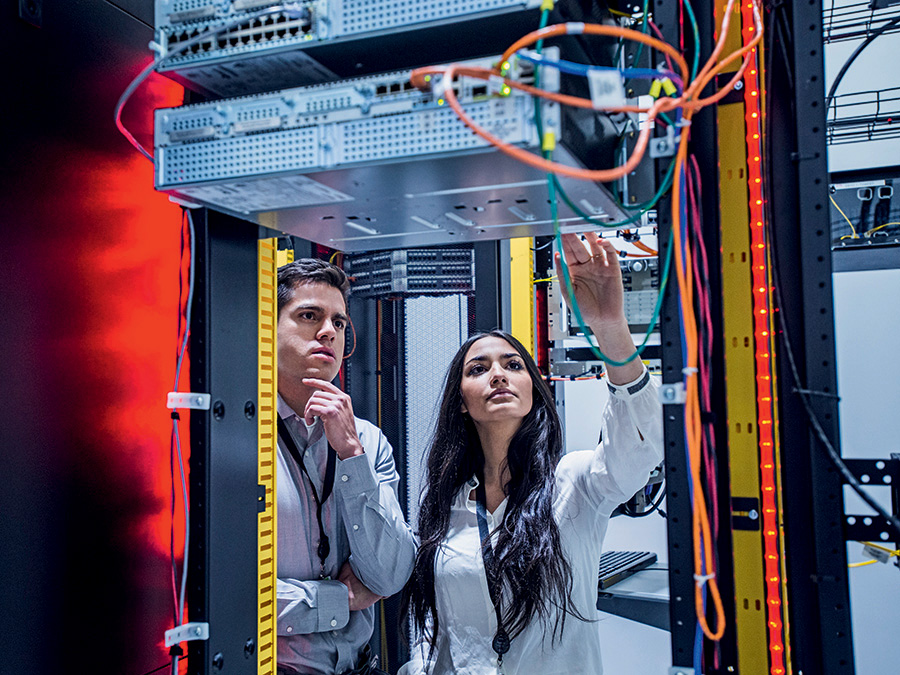Modern colocation providers have a lot on their plates. They need to construct their data centres within budget, ensure that it operates reliably, and make sure that everything runs smoothly for years with consistent operational costs and no outages.
A vital aspect of every data centre is undoubtedly cost. Whether the capital expense of installing banks of uninterruptible power supply (UPS) to protect against power outages or the price of electricity from the grid, various costs weigh heavily on the profitability of operators. We look at two factors that can help lower expenses below.

Lithium-ion Batteries
Lithium-ion is one technology that is fast emerging in popularity. The reason is simple: Modern lithium-ion batteries are becoming more cost-effective than ever, with benefits over traditional valve-regulated lead-acid (VRLA) batteries that are becoming more marked over time.
Though lithium-ion rechargeable batteries cost more than traditional VRLA units, they have a higher life expectancy, weigh less, and are more robust across a range of temperatures. This translate to significantly less maintenance and replacement – to the tune of seven years – and less cooling that is needed. In a nutshell, lithium-ion batteries offer a considerably better total cost of ownership (TCO).
In addition, lithium-ion batteries offer more accurate battery monitoring systems that can keep them in peak conditions over years of operation. This means that abrupt failures that happen without warning are unlikely to happen, offering far greater reliability over VRLA batteries.
Though sensational reports of smartphone batteries catching fire made headlines years ago, no such incident has ever happened to enterprise-grade lithium-ion batteries in data centres, says Greg Jones of Schneider Electric. Chief technology officers at colocation providers are now receptive to the idea of upgrading to LIB.
Ultimately, the space savings and reduction in overheads, combined with their long lifetime and better performance, combine to make an excellent total cost of ownership (TCO) story, he says.

The Power of Microgrids
Another development that has been gathering momentum is the use of a small electrical network with a local source of power that operates independently of the national grid. The amount of spare power capacity within modern hyperscale data centres is significant today. And as lithium-ion batteries make their way into data centres, their greater responsiveness could be harnessed to build powerful microgrids.
Specifically, some of the energy stored in batteries can be used for a short period when the facility’s power usage is highest, lowering the power demand on the grid during “peak” demand periods. This can result in substantial cost savings, as the infrastructure investments are used to save money instead of idling. And in some geographies, backup natural gas power generators might even contribute to the grid to monetise what is typically a dormant investment.
For now, organisations seeking to drive additional operational and energy efficiencies can learn more about Schneider Electric’s EcoStruxure and how it leverages cloud-based technologies to actively monitor data centre infrastructure – including in areas around energy efficiencies and IT configuration.
You can also learn more about Schneider Electric’s innovative lithium-ion battery solutions for energy protection for your critical infrastructure here.
Article by Michael Kurniawan, Vice President – Singapore, Malaysia & Brunei, Secure Power Division, Schneider Electric












